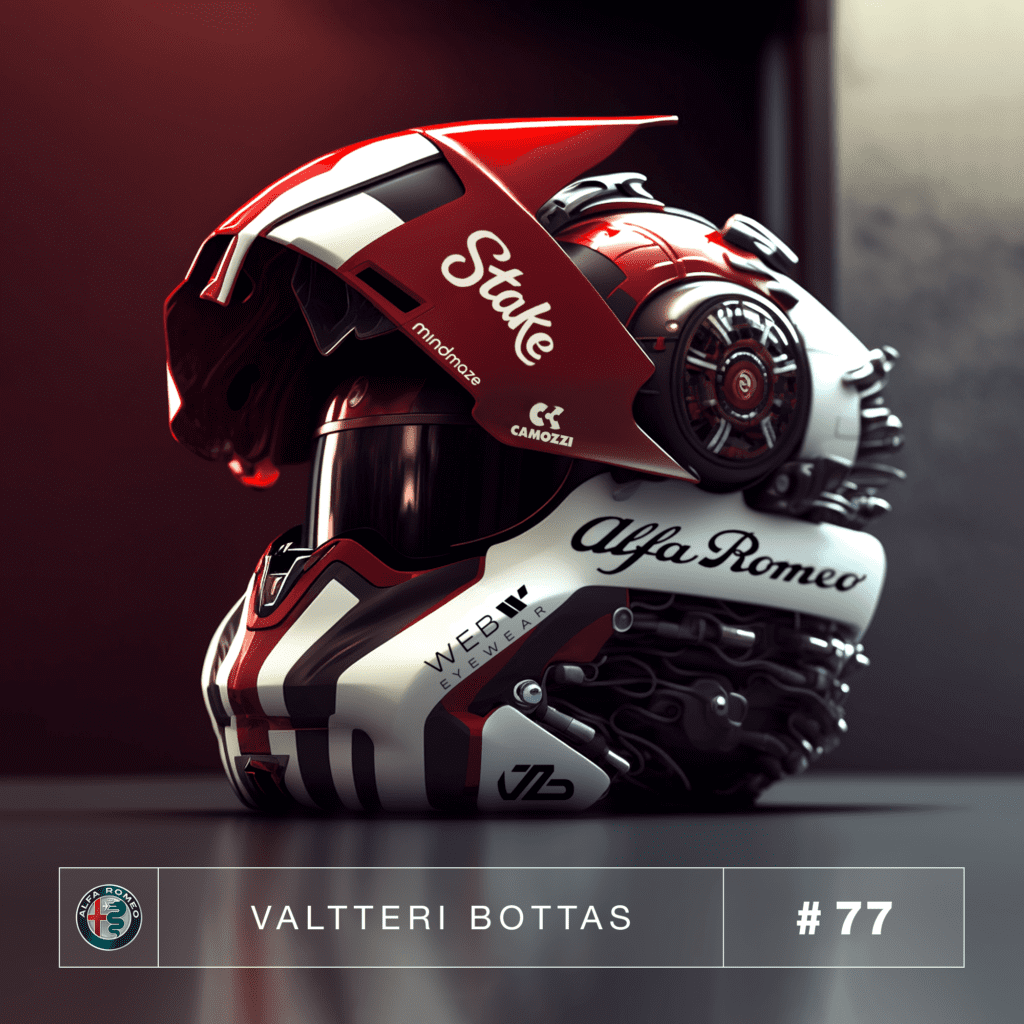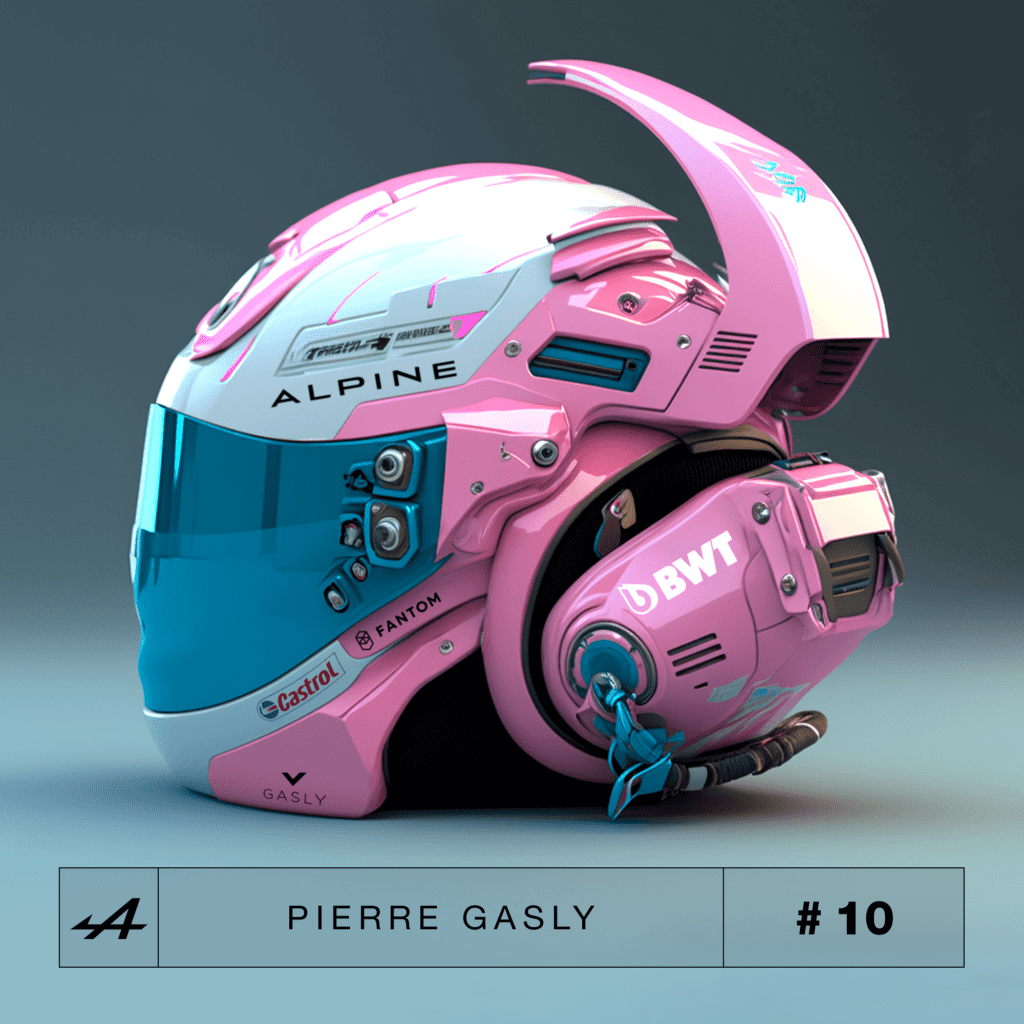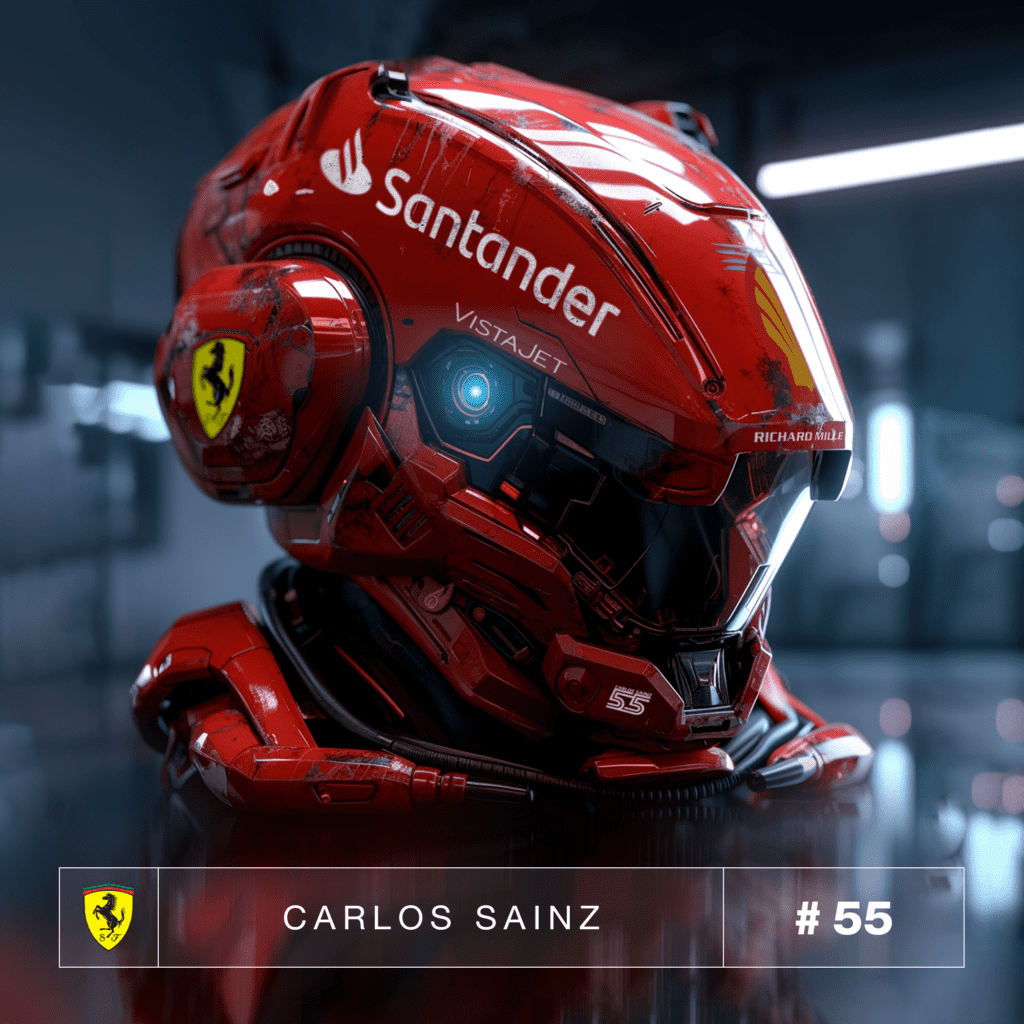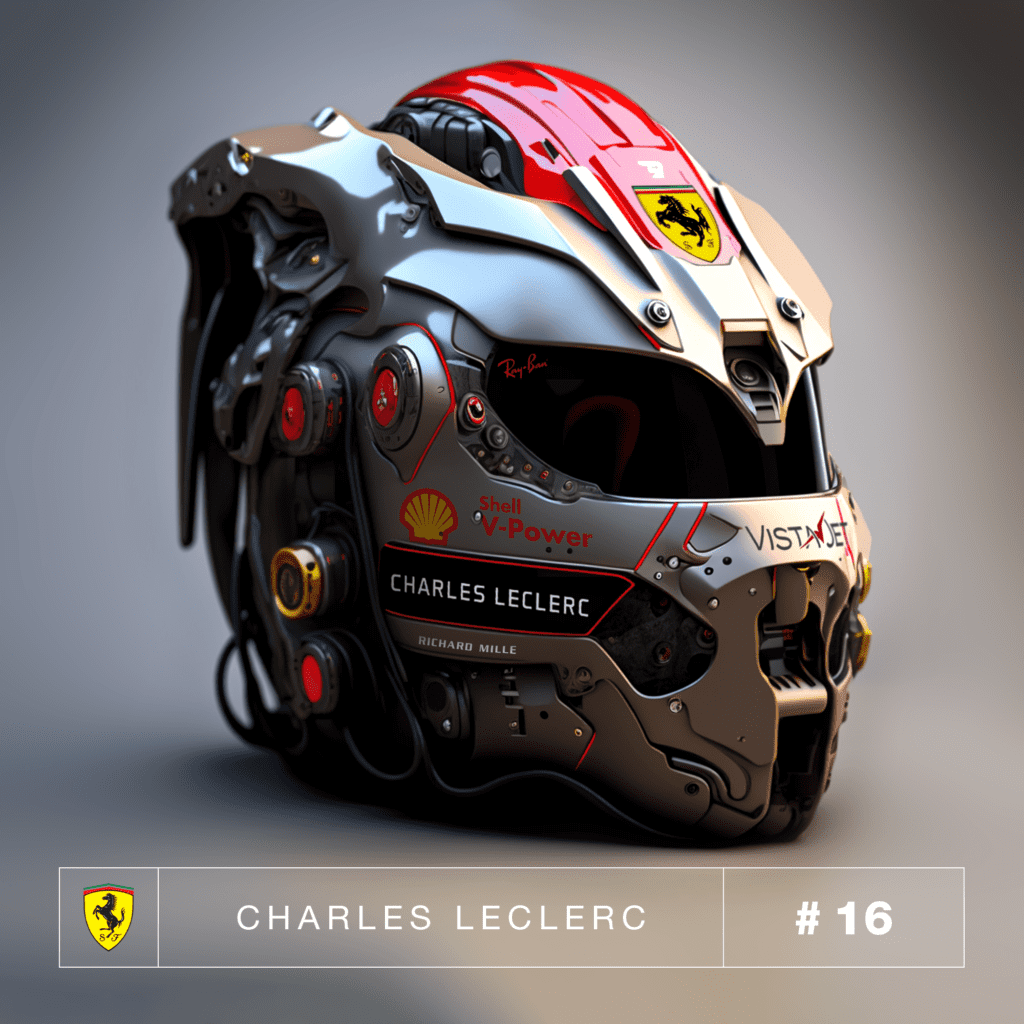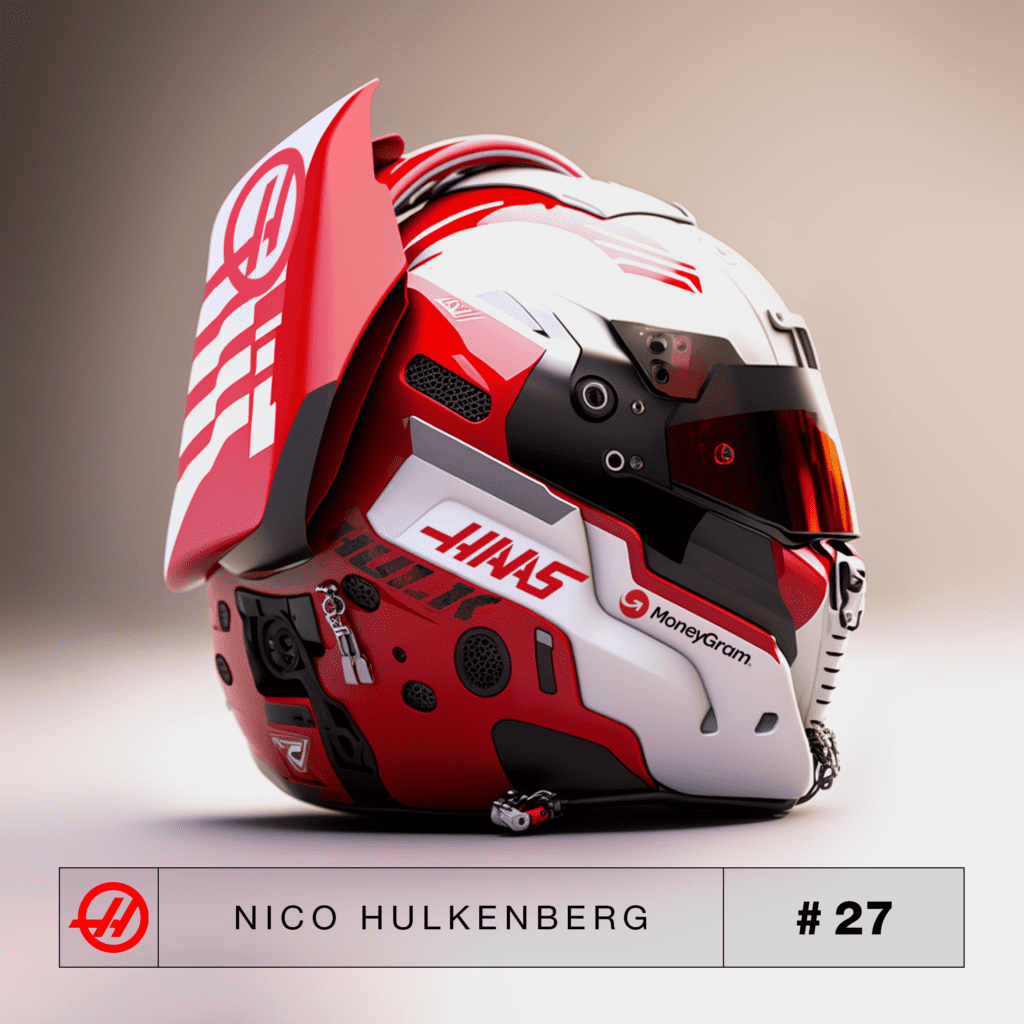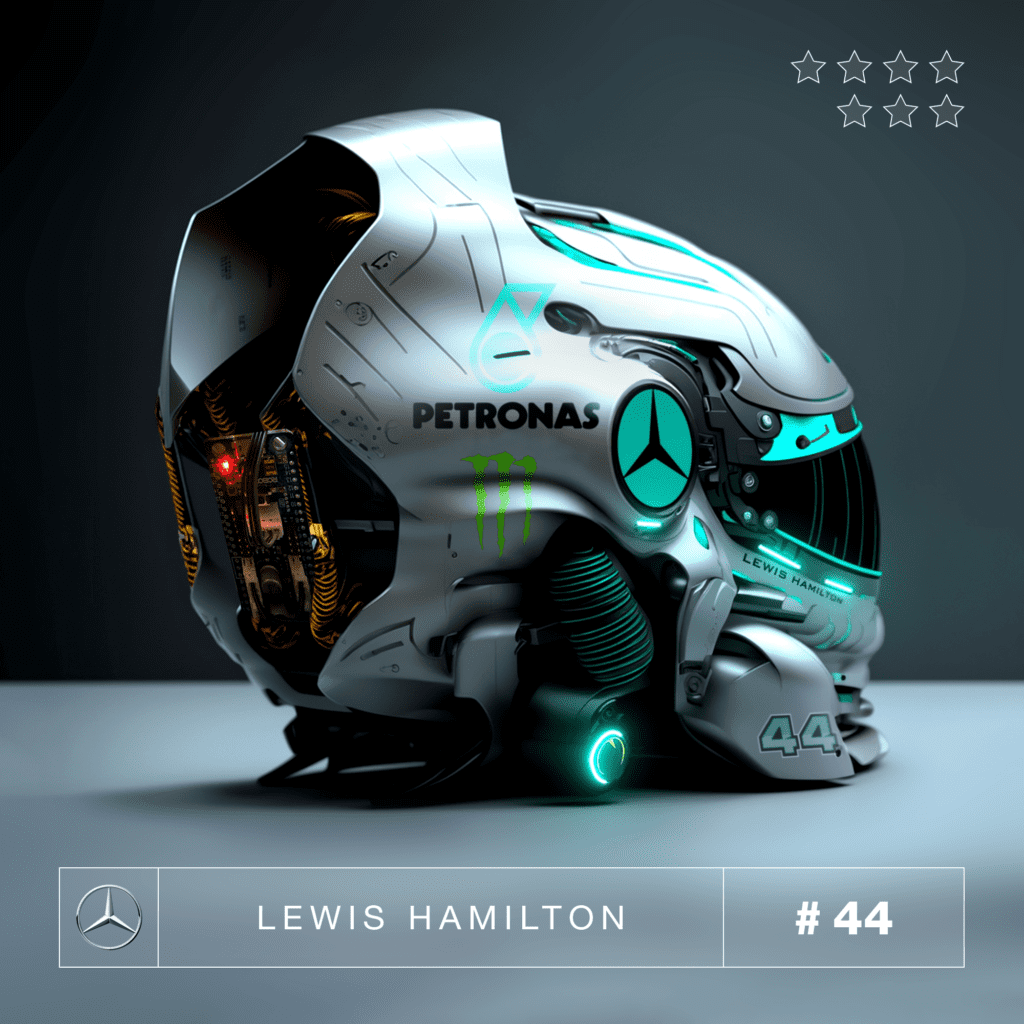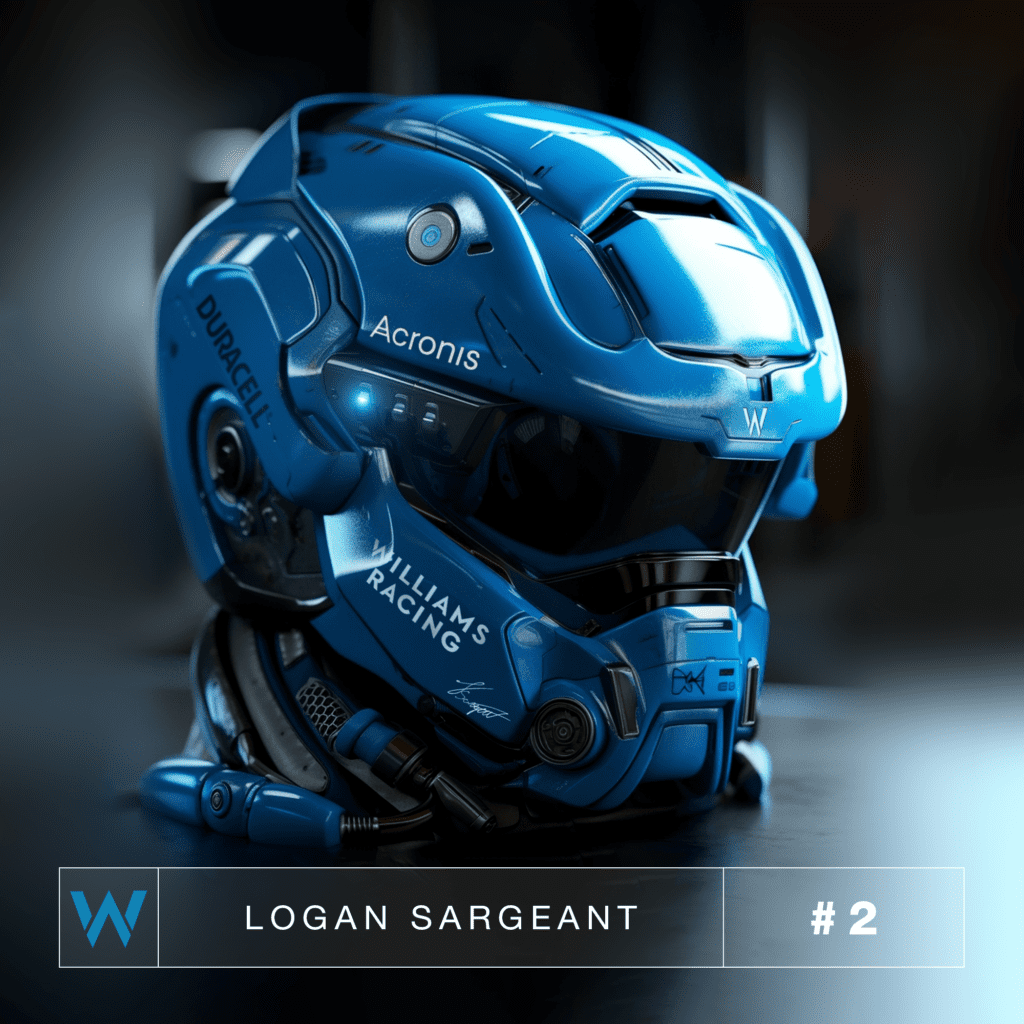From Plates to Pixels: How NFTs are Changing the Way We Consume Food and Beverages
Fast Facts:
- The food & beverage NFT market is projected to reach USD 2.1 Billion by 2032.
- NFTs offer unique ownership experiences in virtual reality, video games, and marketing.
- The alcohol industry embraces NFTs, digitizing physical bottles for authenticity.
- Papa John’s X Cheddar showcases NFT “Hot Bags” as a novel marketing strategy.
- North America leads the NFT market in revenue share due to blockchain adoption and traceability demands.
The tantalizing world of food and drink is embracing a new digital garnish – NFTs. According to Ethan Lee’s report, the global food & beverage NFT market is undergoing rapid growth, poised to bloom into a staggering USD 2.1 Billion enterprise by 2032. The driving forces behind this surge are blockchain technology’s transparent allure and the burgeoning need for food transparency and traceability. These digital tokens aren’t just flavor enhancers; they are sparking a transformation across industries, from alcohol to fast-food chains.
NFTs on the Menu
In the Food & Beverage Sector, NFTs are proving to be a heady cocktail of innovation and investment. These unique digital assets, cryptographically verified through blockchains, are making headlines, fetching millions for the rarest morsels. Beyond the allure of luxury, however, lies a substantial shift toward accountability.
The industry’s adoption of NFTs stems from the demand for transparency. Consumers, regulators, and sellers want to trace the journey of their sustenance from source to plate. The alcohol sector’s NFT embrace includes digitized bottles, assuring authenticity and enticing benefits that come with owning these digital treasures. But it’s not just fine spirits – even Papa John’s has uncorked a digital storm by releasing a collection of NFT “Hot Bags,” a clever marketing maneuver that showcases their collaboration with Cheddar.
“As we savor the digital revolution in dining, NFTs add a tantalizing twist. They’re not just tokens; they’re keys to tastes, tracks, and trends, sculpting a future where transparency is the hottest dish.”
Challenges and the Digital Revolution
Despite this mouthwatering promise, Ethan Lee’s report doesn’t shy away from challenges. Limited market adoption, high costs, technical expertise requirements, regulatory complexities, and a call for standardization are all hurdles slowing down the NFT food frenzy. But here’s where things get interesting. These challenges, like a well-aged wine, have only seasoned growth. The NFT food segment is predicted to dominate, fueled by its potential in ensuring food safety and traceability.
Not to forget the dynamic role of NFTs in marketing and branding, where owning a digital token becomes a key to a unique dining experience or a virtual reality cooking class. And as we explore this brave new digital gastronomy, North America is donning the chef’s hat, leading the NFT charge with its tech-savvy and demand for traceable goods. The NFT trend in the food and beverage sector is not just a passing fancy but a strategic leap toward an optimized future in the digital age.


